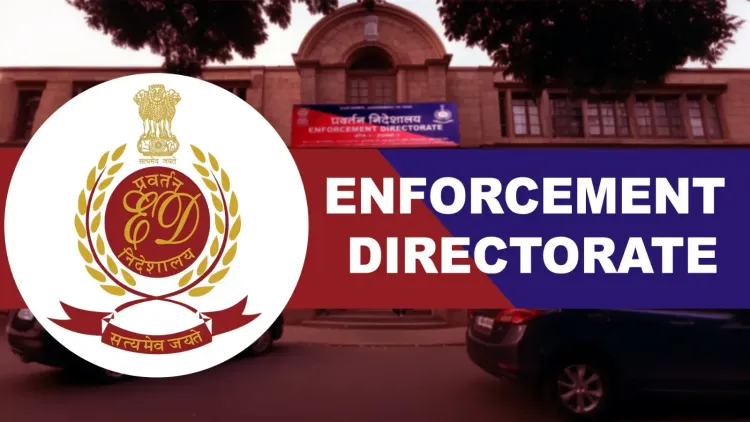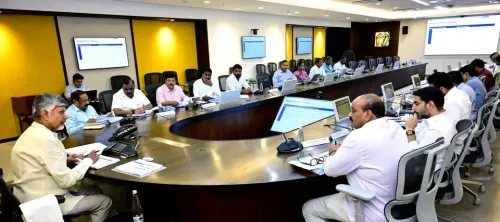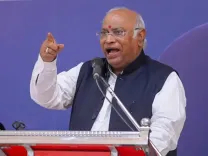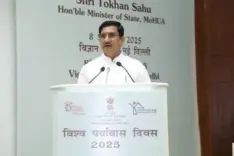How is ED Using QR Code System to Fight Fake Summons?

Synopsis
Key Takeaways
- New verification system for ED summons using QR codes.
- Summons must include signature, stamp, and contact details.
- Verification available via QR code or online portal.
- Public urged to verify authenticity to prevent fraud.
- ED emphasizes that arrests are physical, not digital.
New Delhi, Oct 8 (NationPress) To safeguard citizens against the escalating threat of cyber fraud, the Directorate of Enforcement (ED) has introduced an innovative verification system for its summons, incorporating QR codes and unique passcodes. This initiative is designed to combat the actions of fraudulent individuals impersonating ED officials to extract money or deceive innocent victims.
The announcement is timely, coinciding with an increase in scams involving counterfeit summons under the Prevention of Money Laundering Act (PMLA), 2002, and the Foreign Exchange Management Act (FEMA), 1999.
As per the ED's recent press release, authentic summons will now be generated through an internal system that includes a scannable QR code and a passcode at the bottom. These documents must also feature the issuing officer's signature, stamp, official email, and phone number, according to the press statement.
ED officials are required to utilize this system, except in extraordinary circumstances. This measure aims to tackle the challenge of distinguishing between fake and genuine summons, as scammers often craft documents that closely resemble official formats.
Recipients can confirm authenticity in two ways. Firstly, by scanning the QR code, which redirects to the ED's website. Entering the passcode will reveal essential details such as the summoned party's name, officer's designation, and the date of the summons.
Secondly, by visiting https://enforcementdirectorate.gov.in/ and selecting the 'Verify Your Summons' menu, then entering the summons number and passcode for confirmation.
Verification is accessible 24 hours after issuance, excluding weekends and holidays. For summons not generated through this system, individuals can reach out to Assistant Director Rahul Verma at the ED headquarters in New Delhi, as listed on the website, the press statement noted.
The press release also cautioned against digital arrest scams, where fraudsters pose as ED officials to issue fake arrest orders online to swindle victims.
The ED clarified that arrests under the PMLA are carried out physically following due process, emphasizing that there is no such thing as a digital or online arrest. This clarification comes in response to reports of scammers exploiting public fear of law enforcement agencies. This isn't the first time the ED has addressed such issues.
In 2021, similar systems were implemented to verify summons via officer details, but the new QR code enhancement builds on those efforts, as noted in the agency's 2024-25 annual report.
Experts have indicated that these scams have adapted with technology, often involving phishing or impersonation, resulting in financial losses amounting to crores. Recent ED raids in cases involving fake bank guarantees and cyber frauds highlight the urgency of the situation.
The ED reiterated its commitment to dismantling fraudulent networks and urges the public to remain vigilant.
"Do not fall victim to fraudsters impersonating Enforcement Directorate officers," the release cautioned.
Citizens are encouraged to report any suspicious communications to local police or cyber cells immediately.
As digital interactions increase, these tools enable individuals to verify official documents quickly, potentially decreasing the success rates of such scams.









